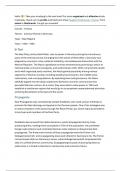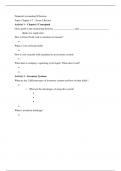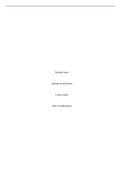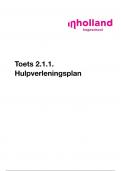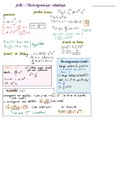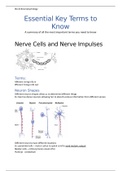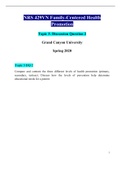Samenvatting
Summary Nazi Regime in Germany - A Complete Study Guide
- Vak
- Instelling
**The Rise of the Nazi Party in Germany: Causes, Methods, and Social Impact** This document examines the ascent of the Nazi Party, led by Adolf Hitler, during the interwar years in Germany. Emerging from the aftermath of World War I, Germany faced a landscape marred by economic turmoil, politica...
[Meer zien]
